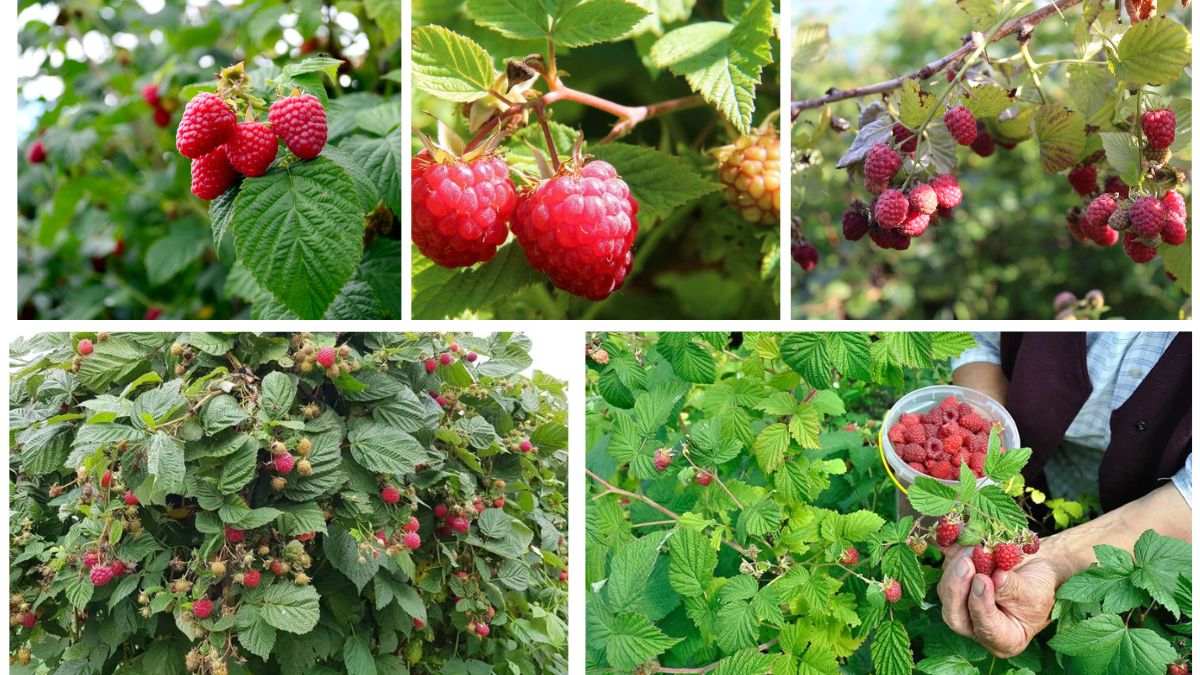Raspberries (Rubus idaeus) are one of the most delicious and rewarding fruits to grow in your backyard. Known for their sweet, tangy flavor and vibrant red, black, or golden berries, raspberries are perfect for fresh eating, jams, desserts, and smoothies. Beyond their taste, they are rich in antioxidants, vitamins, and dietary fiber, making them a healthy addition to your diet.
With the right care and planning, growing raspberry plants at home can be simple, cost-effective, and highly productive. This guide provides a step-by-step approach for successfully cultivating raspberries in your backyard, from selecting varieties to planting, care, harvesting, and maintenance.
Why Grow Raspberries at Home?
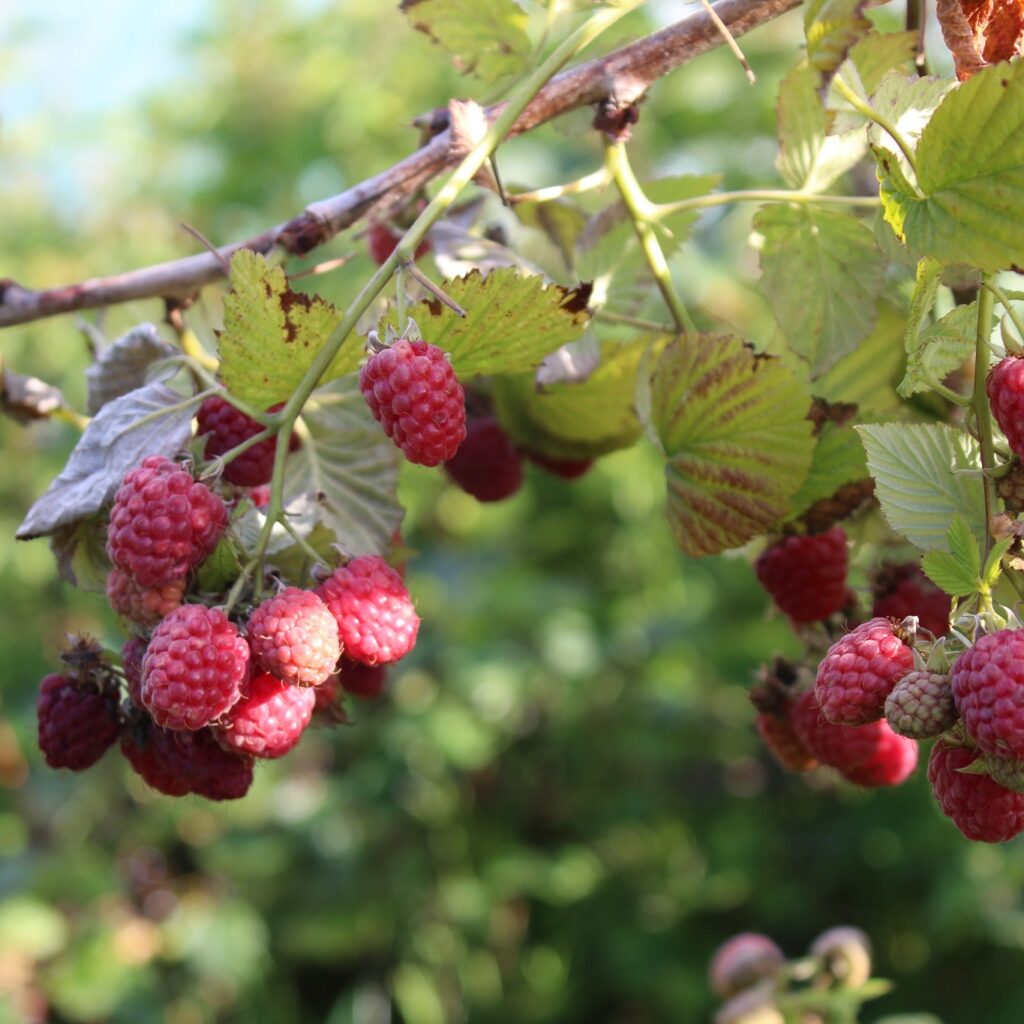
Growing raspberries in your backyard offers several advantages:
- Fresh and Nutritious: Homegrown berries are fresher and more flavorful than store-bought ones.
- Cost-Effective: Saves money by avoiding the high price of fresh berries in stores.
- Continuous Harvest: Proper care ensures multiple harvests during the growing season.
- Natural and Organic: Control over fertilizers and pest management ensures chemical-free fruits.
- Aesthetic Appeal: Raspberry plants with their lush foliage and colorful berries enhance garden beauty.
Step 1: Choosing the Right Raspberry Variety
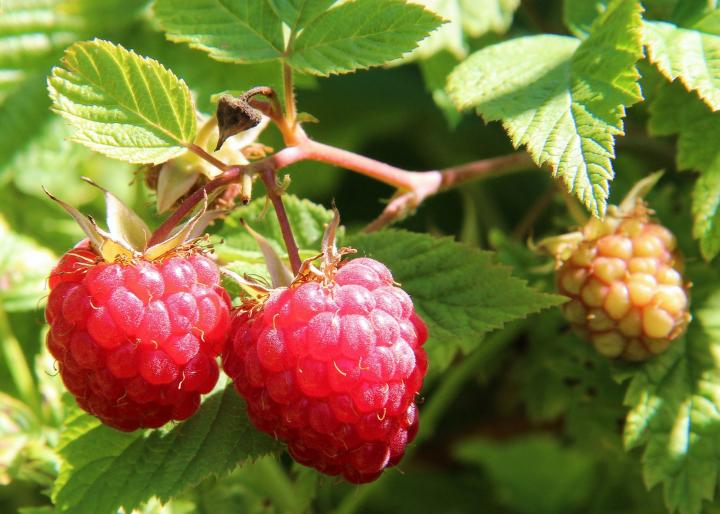
Raspberry plants are categorized mainly by color and growth type:
- Red Raspberries: Popular, sweet-tart berries. Varieties include Heritage, Caroline, and Fall Gold.
- Black Raspberries: Rich in flavor and antioxidants. Varieties include Bristol and Jewel.
- Purple Raspberries: A cross between red and black varieties with unique flavor.
- Yellow/Golden Raspberries: Milder, sweeter taste; suitable for fresh eating.
Raspberries also differ by growth habits:
- Summer-Bearing (Floricane): Produce fruit once per season, typically in mid to late summer.
- Ever-Bearing or Fall-Bearing (Primocane): Produce two crops, one in summer and another in fall, or a single fall crop.
Choose varieties suited to your climate, desired harvest time, and garden space.
Step 2: Selecting the Ideal Location
Raspberry plants require full sunlight and well-draining soil for optimal growth.
- Sunlight: At least 6–8 hours of direct sunlight daily.
- Soil: Slightly acidic soil (pH 5.5–6.5) rich in organic matter.
- Drainage: Avoid low areas prone to waterlogging to prevent root rot.
- Air Circulation: Space plants adequately to reduce disease risk.
Raised beds or well-prepared garden plots work best for raspberries.
Step 3: Preparing the Soil
Healthy soil ensures vigorous growth and high berry yields:
- Soil Enrichment: Mix compost, aged manure, or peat moss into the soil.
- Soil Loosening: Loosen soil to a depth of 12–18 inches for good root development.
- pH Adjustment: Use garden lime to raise pH or sulfur to lower pH if necessary.
- Weed Control: Remove weeds before planting to reduce competition for nutrients.
Step 4: Planting Raspberry Plants
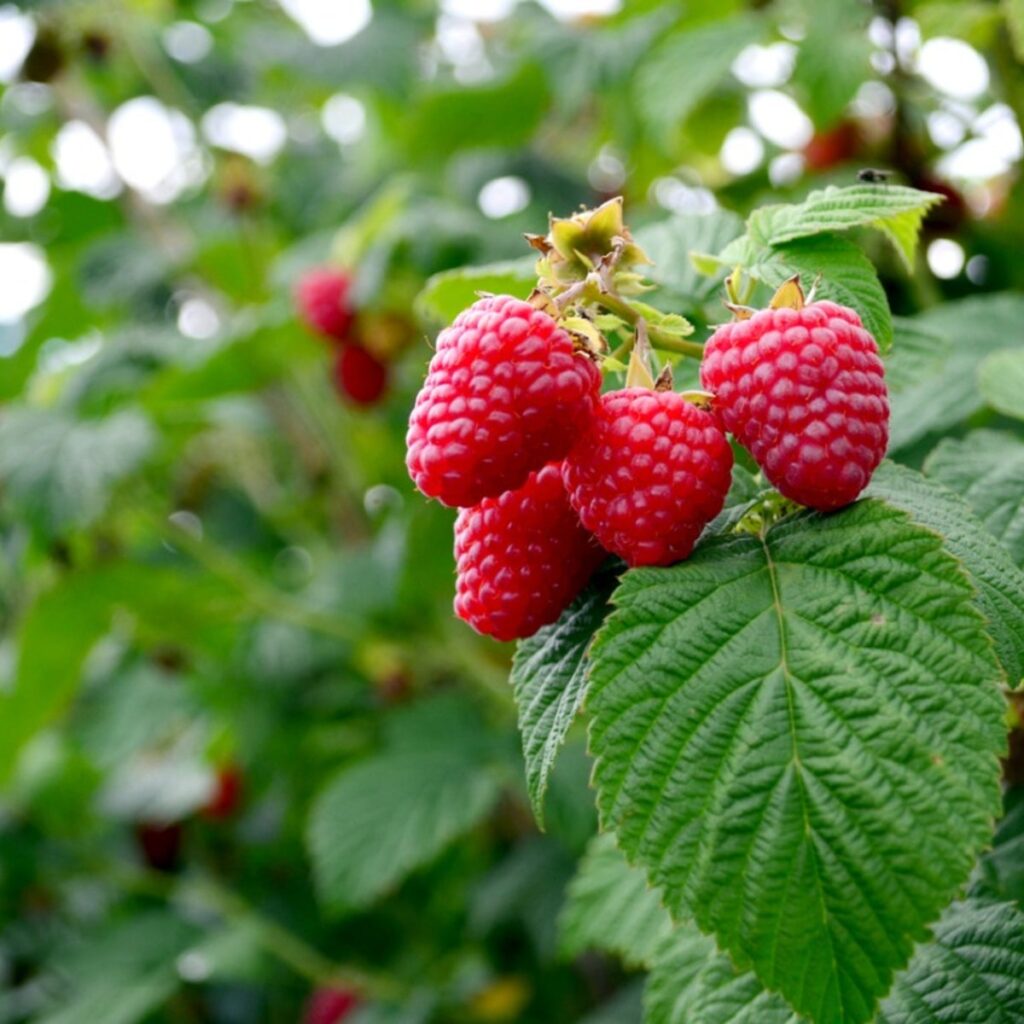
Raspberries can be grown from bare-root plants or nursery-raised potted plants.
Planting Bare-Root Raspberries
- Dig a trench 12–18 inches deep and wide.
- Spread the roots evenly and cover with 2 inches of soil initially.
- Water well and gradually fill the trench as roots settle.
- Space plants 2–3 feet apart within rows, and 6–8 feet between rows.
Planting Potted Raspberries
- Dig a hole slightly larger than the pot.
- Remove the plant gently from the pot and loosen the roots.
- Place in the hole, fill with soil, and water thoroughly.
Plant in early spring for the best results.
Step 5: Watering and Mulching

Consistent moisture is key to healthy raspberry growth:
- Watering:
- Provide 1–2 inches of water per week, especially during dry spells and fruiting periods.
- Avoid overhead watering to reduce fungal diseases.
- Mulching:
- Apply 2–4 inches of organic mulch like straw, wood chips, or pine needles around plants.
- Mulch conserves soil moisture, suppresses weeds, and keeps roots cool.
Step 6: Fertilization and Plant Care
Raspberry plants benefit from balanced nutrients to ensure vigorous growth and abundant fruiting:
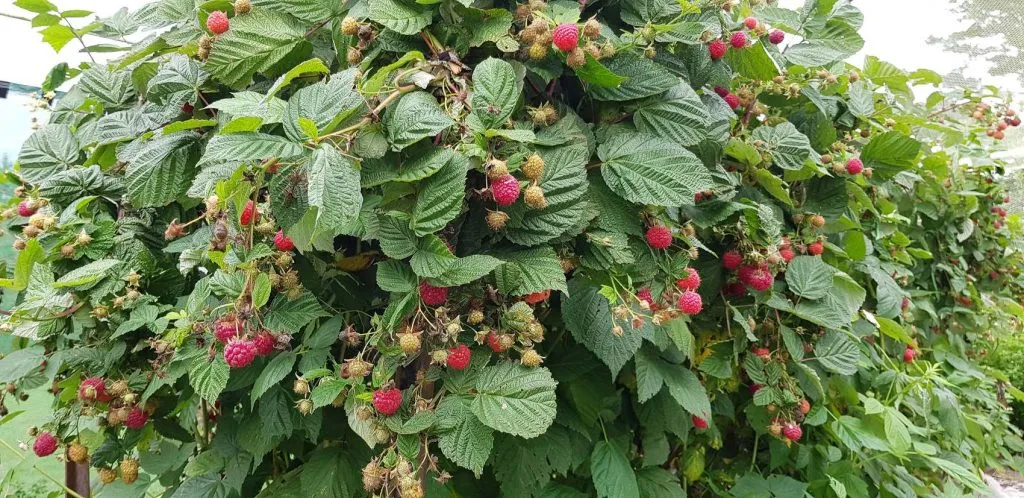
- Fertilization:
- Apply a balanced fertilizer (10:10:10) in early spring and after fruiting for fall-bearing varieties.
- Avoid over-fertilization, which can cause excessive leafy growth at the expense of fruits.
- Pruning:
- Summer-Bearing: Remove spent canes after fruiting and thin new canes in early spring.
- Fall-Bearing: Cut all primocanes to the ground after the fall harvest for maximum next-season growth.
- Trellising:
- Support plants using stakes or trellis systems to keep canes upright and improve air circulation.
Step 7: Pest and Disease Management
Raspberry plants are susceptible to pests and diseases, but natural methods can minimize impact:
- Common Pests: Aphids, spider mites, Japanese beetles.
- Introduce beneficial insects like ladybugs or use neem oil sprays.
- Common Diseases: Powdery mildew, cane blight, and root rot.
- Ensure good air circulation, proper spacing, and avoid overwatering.
- Remove and destroy affected canes to prevent spread.
Step 8: Harvesting Raspberries
Raspberries are ready to harvest when they are fully colored, plump, and easily detach from the cane.
- Frequency: Check plants every 2–3 days during peak season.
- Technique: Gently pick berries by rolling them off the stem to avoid damaging the plant.
- Storage: Raspberries are delicate; refrigerate immediately or process into jams, sauces, or freezing for long-term use.
Proper harvesting encourages continuous fruit production and prevents overripe fruits from attracting pests.
Step 9: Tips for Continuous Yield
- Use ever-bearing varieties for extended harvest periods.
- Prune regularly to maintain plant vigor and prevent overcrowding.
- Rotate mulching materials to replenish soil nutrients.
- Monitor for pests and diseases frequently.
- Fertilize lightly after each harvest to support regrowth.
Step 10: Expanding Your Backyard Raspberry Patch
If you plan to grow multiple plants:
- Arrange rows 6–8 feet apart with 2–3 feet between plants.
- Consider companion planting with beans, lettuce, or marigolds to improve biodiversity and pest control.
- Implement drip irrigation for consistent watering and to reduce disease risk.
- Harvest and replant periodically to maintain soil health and productivity.
Conclusion
Growing raspberries in your backyard is both enjoyable and rewarding, offering fresh, flavorful fruits right at your doorstep. By selecting the right varieties, preparing soil properly, planting carefully, and following consistent care practices, even beginner gardeners can cultivate a thriving raspberry patch.
With proper watering, fertilization, pruning, and pest management, backyard raspberries can provide continuous harvests year after year. The combination of delicious fruit, visual appeal, and health benefits makes raspberries an ideal choice for home gardeners seeking sustainable, productive, and low-maintenance fruit plants.
By nurturing your raspberry plants with patience and care, your backyard can transform into a fruitful oasis, providing sweet rewards for your efforts while enhancing your home garden’s beauty and utility.
